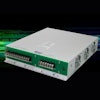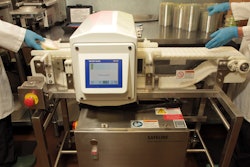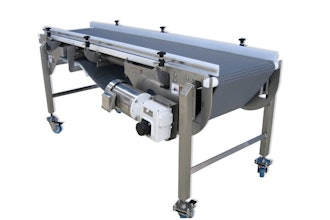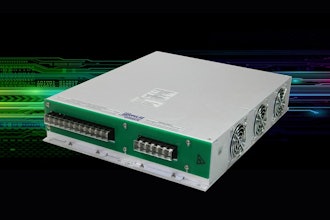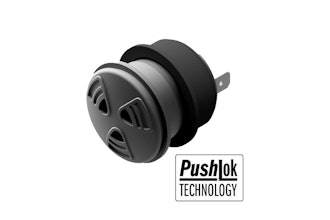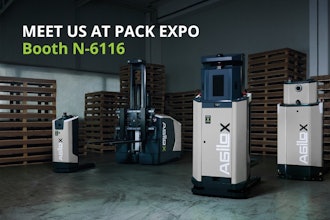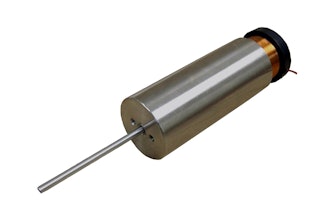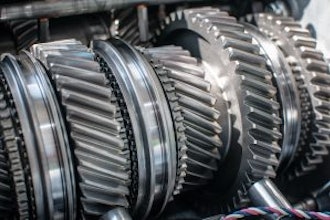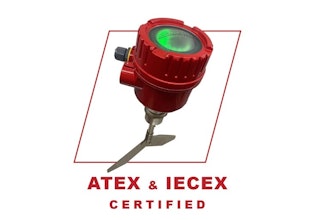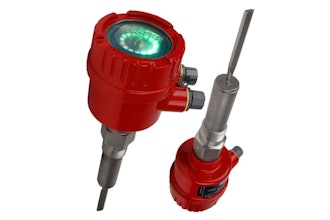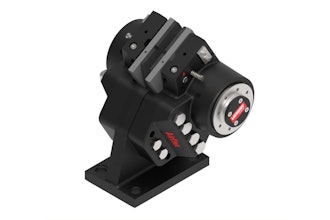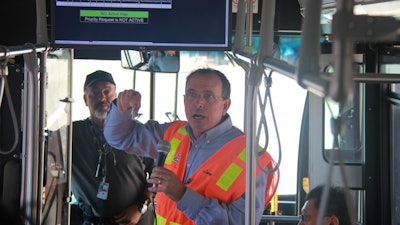
For all their anti-theft, fuel efficiency and satellite radio features, even the priciest new cars still travel on roads using decades-old traffic management technology.
Their fate relies in large part on what drivers can see through windows or in rearview mirrors.
"Drivers communicate wirelessly on smartphones with people around the globe, but their cars can't communicate with cars around the corner," said Larry Head, University of Arizona professor of systems engineering.
"That's about to change," Head said.
The UA traffic systems expert and his graduate students recently took the Maricopa County Board of Supervisors; first responders; local, state and national transportation officials; and high school students on a bus ride at the Arizona Connected Vehicle Test Bed to show them just what connected vehicles can do.
The 2.3-mile live stretch of road in Anthem, a Phoenix suburb of 23,000, features Dedicated Short Range Communications radios, or DSRCs, mounted in demo buses and emergency vehicles, atop light poles and in roadside equipment boxes at intersections.
The wireless devices, developed by Savari Inc., work with traffic signal controllers developed by Econolite. Both are California-based companies. The equipment operates with optimization and scheduling algorithms developed by Head and his UA graduate researchers to manage the traffic signals in a revolutionary new way.
Along the test ride, the Valley Metro bus received messages from traffic signals, computed how long it would take to reach the signals and sent requests for service back to the signals.
Using UA algorithms, the signals prioritized approaching vehicles: passenger, transit, emergency and commercial. At one intersection, a fire truck responding to a 911 call -- for which an icon flashed on a monitor mounted in front of the bus before the emergency vehicle roared up -- got the green light first. The monitor also alerted the bus of upcoming construction and school zones.
"Vehicle-to-infrastructure and vehicle-to-vehicle communications, or connected cars, are on the horizon -- and their capabilities will significantly change how traffic is managed and how drivers experience the road," Head said.
Head and his team recently completed the Anthem second phase, with $2 million from the U.S. Department of Transportation, partner states and the Maricopa County Department of Transportation.
Working with researchers from the California Partners for Advanced Transportation Technology, or PATH, program, Head's team enabled communication not just between traffic lights and emergency vehicles but with many other vehicles as well. They also made it possible for all of the vehicles to communicate in real time.
"This capability for multiple vehicles to simultaneously request and receive traffic signal priority is what makes our system unique," Head said.
Cars equipped with DSRCs can alert drivers to hazards up to few hundred meters away, out of their line of sight -- for example, a car slipping on ice around a curve or an oncoming car without headlights.
Connected cars should start rolling out next year, and Head predicts national and state laws requiring DSRC will follow as the public safety benefits become apparent.
"In 2014, more than 33,000 people were killed in traffic crashes," he said. "Technology can help make travel safer. We expect DSRC technology will be mandatory in all new vehicles, just like seatbelts."
In addition to saving lives, connected roadway infrastructure and vehicles can reduce congestion and pollution.
Head is pursuing funding for the project's third phase, to include putting DSRCs in up to 20 percent of vehicles used by Anthem residents.
Another part of the third phase involves putting DSRCs in freight trucks that travel on a stretch of Arizona State Route 85 in an industrial area of Phoenix.
"Every time a freight truck stops and starts up again, it emits exhaust and can cause asphalt to buckle," Head said. "By keeping these trucks moving smoothly, we can reduce pollution in nearby communities."



